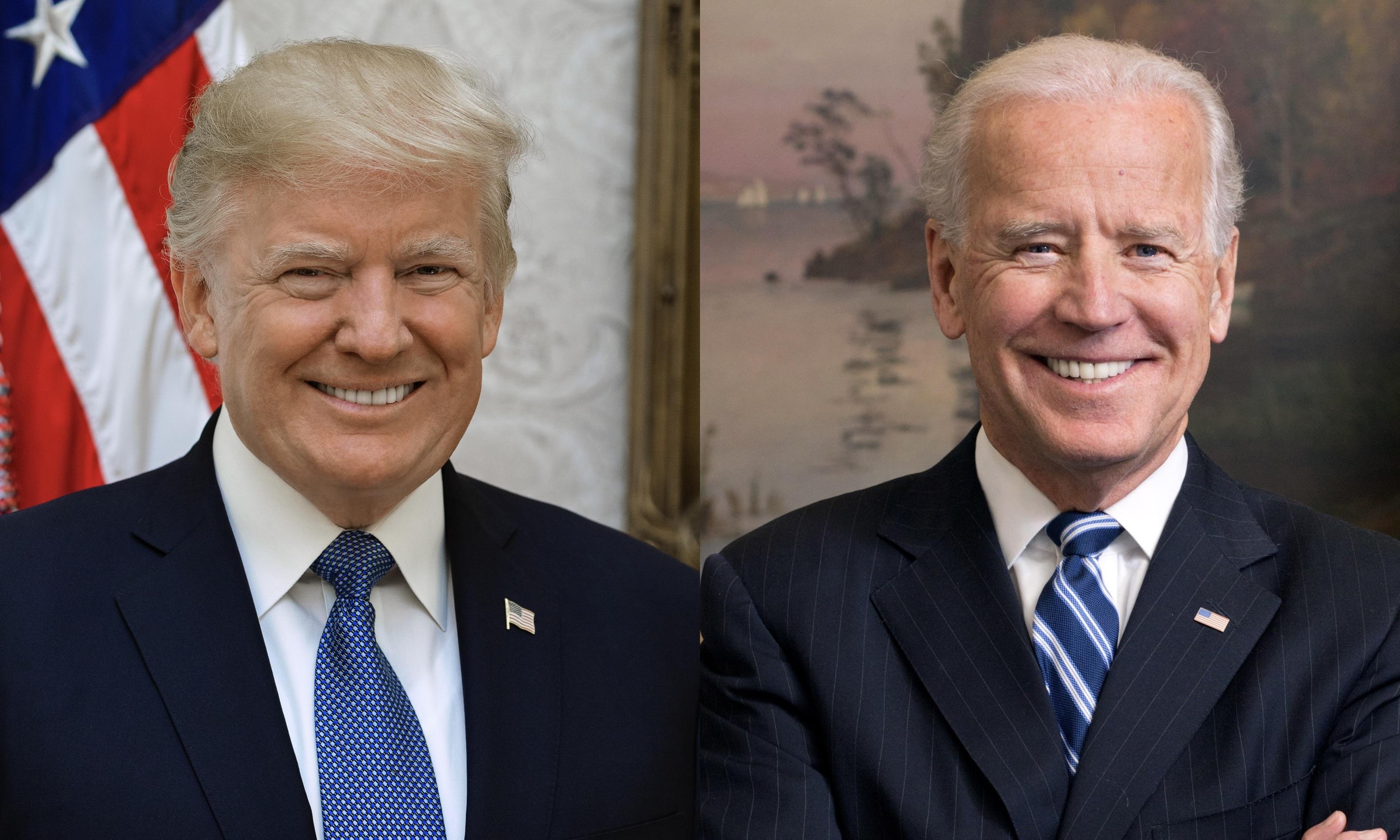Donald Trump’s return to the White House in 2024 has taken a historical turn, with his victory marking a rare instance of a Republican winning both the Electoral College and the popular vote. According to official counts, Trump’s 1.9% margin over his Democratic opponent is sparking heated political debates and raising questions about shifting voter dynamics across the country.
Popular Vote Comparisons Fuel Tension
The popular vote, often dismissed as secondary to the Electoral College, has become a lightning rod for partisan disputes. Trump’s margin is notable for being the first Republican popular vote victory since George W. Bush in 2004, who won by 2.4%. For context, Democratic candidates dominated the popular vote in every presidential election since then, with Barack Obama leading by 7.2% in 2008 and 3.9% in 2012, Hillary Clinton edging out Trump by 2% in 2016 despite losing the presidency, and Joe Biden securing a 4.4% lead in 2020.
Trump’s ability to flip the script in 2024 underscores significant changes in the electorate, including Republican gains among working-class and minority voters in key battleground states. Despite his slim margin, the result has sent shockwaves through both parties, fueling post-election analyses on whether the Democratic Party miscalculated its strategy or underestimated voter sentiment.
Key Factors Behind the Shift
Political analysts point to several factors contributing to Trump’s surprising popular vote victory. His campaign heavily targeted disaffected voters in swing states like Pennsylvania, Michigan, and Georgia while aggressively courting Hispanic and Black communities. Early exit polls reveal that while Trump’s support among suburban voters dipped slightly, his gains in rural and urban minority communities were enough to offset those losses.
Additionally, Democrats faced criticism for failing to address economic concerns effectively. With inflation and housing costs dominating the political discourse, some voters expressed frustration with the Biden administration’s handling of these issues, turning to Trump as a perceived alternative.
A Divided Nation or a New Coalition?
While Trump’s 1.9% margin is modest, it signifies a broader realignment within American politics. Republicans are now eyeing opportunities to solidify their coalition ahead of the 2026 midterms, while Democrats grapple with a reckoning over their messaging and policy focus.
Critics argue that Trump’s narrow win reflects a deeply divided electorate rather than a clear mandate. “This margin is a snapshot of a fractured nation,” said one political expert. Meanwhile, Trump supporters view the popular vote victory as validation of his agenda, rejecting claims that his policies alienate moderates.
What’s Next for Democrats?
Democrats face tough questions about their strategy moving forward. With younger voters turning out in smaller numbers and suburban women expressing lukewarm support for the party, 2024 may signal the need for a dramatic shift in leadership and priorities.
As the dust settles, Trump’s popular vote victory is poised to be a pivotal moment in American political history, rekindling debates over the significance of the metric and its implications for future elections.



 Trump and Lula Discuss Trade, Sanctions, and Security in “Productive” Phone Call
Trump and Lula Discuss Trade, Sanctions, and Security in “Productive” Phone Call  U.S. Justice Department Orders Intensified Probe Into Antifa and Domestic Extremist Groups
U.S. Justice Department Orders Intensified Probe Into Antifa and Domestic Extremist Groups  Cuba Reaffirms Anti-Drug Cooperation as Tensions Rise in the Caribbean
Cuba Reaffirms Anti-Drug Cooperation as Tensions Rise in the Caribbean  U.S.-Russia Talks Leave Ukraine Peace Efforts Uncertain
U.S.-Russia Talks Leave Ukraine Peace Efforts Uncertain  UN General Assembly Demands Russia Return Ukrainian Children Amid Ongoing Conflict
UN General Assembly Demands Russia Return Ukrainian Children Amid Ongoing Conflict  Israel Receives Body of Deceased Hostage as Rafah Crossing Reopening Hinges on Final Returns
Israel Receives Body of Deceased Hostage as Rafah Crossing Reopening Hinges on Final Returns  Trump Administration Plans Major Rollback of Biden-Era Fuel Economy Standards
Trump Administration Plans Major Rollback of Biden-Era Fuel Economy Standards  Michael Dell Pledges $6.25 Billion to Boost Children’s Investment Accounts Under Trump Initiative
Michael Dell Pledges $6.25 Billion to Boost Children’s Investment Accounts Under Trump Initiative  Honduras Election Turmoil Deepens as Nasralla Alleges Fraud in Tight Presidential Race
Honduras Election Turmoil Deepens as Nasralla Alleges Fraud in Tight Presidential Race  Drones Spotted Near Zelenskiy’s Flight Path in Ireland Trigger Security Alert
Drones Spotted Near Zelenskiy’s Flight Path in Ireland Trigger Security Alert  Taiwan Signals Openness to Renew Ties with Honduras as Election Unfolds
Taiwan Signals Openness to Renew Ties with Honduras as Election Unfolds  Maduro Confirms “Respectful” Call With Trump, Signals Openness to Diplomatic Dialogue
Maduro Confirms “Respectful” Call With Trump, Signals Openness to Diplomatic Dialogue  Trump Claims He Will Void Biden Documents Signed with Autopen
Trump Claims He Will Void Biden Documents Signed with Autopen  Pentagon Probe Finds Hegseth’s Use of Signal Risked Exposing Sensitive Yemen Strike Details
Pentagon Probe Finds Hegseth’s Use of Signal Risked Exposing Sensitive Yemen Strike Details  Trump’s Name Appears on U.S. Institute of Peace Ahead of Rwanda–Congo Deal Signing
Trump’s Name Appears on U.S. Institute of Peace Ahead of Rwanda–Congo Deal Signing  U.S. Expected to Expand Travel Ban to More Than 30 Countries
U.S. Expected to Expand Travel Ban to More Than 30 Countries  U.S. Soybean Shipments to China Gain Momentum as Trade Tensions Ease
U.S. Soybean Shipments to China Gain Momentum as Trade Tensions Ease 



























